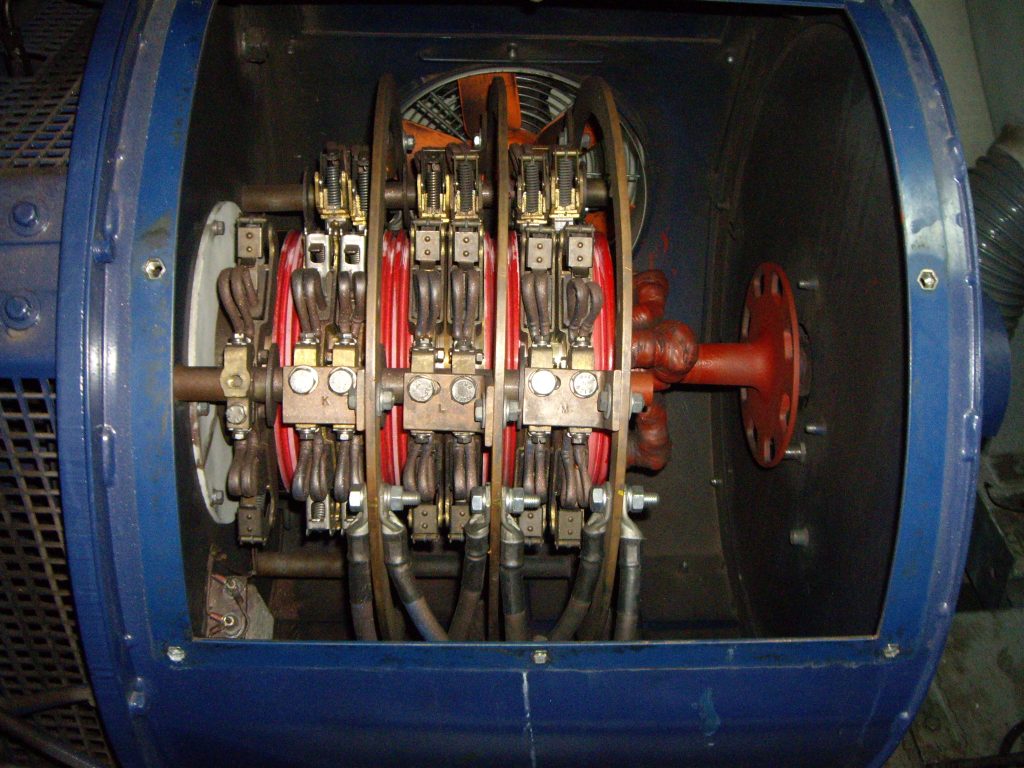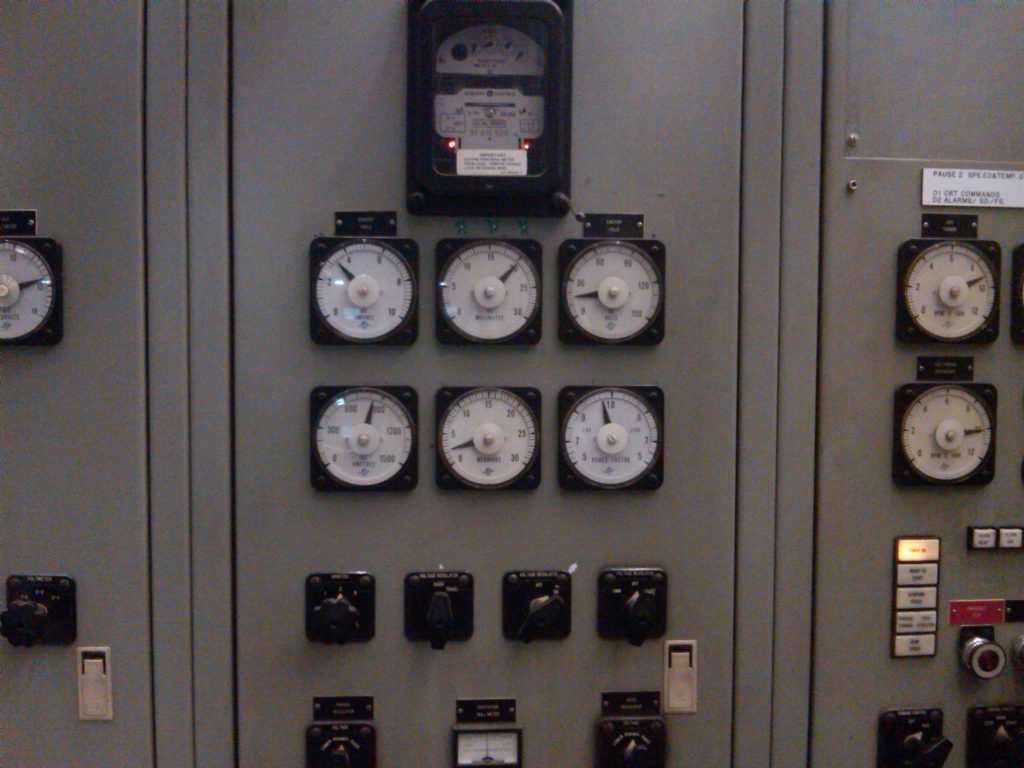Providing Energy services to industry and government
MEHS provides energy audits and program development to industrial and residential clients in an effort to reduce energy use that results in cost savings. We assist clients in identifying local and state rebate programs which allow clients to reduce cost and maximize returns while upgrading the building envelope.
The goal of an energy review is to systematically review processes, systems, and structures in order to achieve cost savings and increased cash flow. These assessments identify energy reduction measures and associated Return-on-Investment (ROI) projections that allow management to develop implementation strategies focused on cash flow and business cycles.
Energy reduction programs and strategies allow organizations to reduce power, thermal, or fuel use which can positively result in reduced utility bills, a lower carbon footprint, and lower resource impact. Typical steps in establishing an energy conservation plan or strategy include:
- Facility energy audit to identify current energy use practices and history;
- Identification of upgradable equipment and building improvement scenarios and rank them in accordance with an associated ROI;
- Investigate alternative energy potentials and feasibilities; and
- Development of an implementation strategy based on ROI, cash flow, rebate potential, tax incentives, and alternative energy potentials.


Areas often reviewed in the audit include the types of operating cooling technologies (passive or active), use of radiant barriers and heat sources, adequate insulation, and air infiltration or leaks. Green alternative energy sources such as solar and energy storage may be reviewed to reduce peak energy use and decrease peak demand costs. Combined Heat & Power systems can reduce energy use through the elimination of duplicate systems. Tools used in conducting energy audits include process knowledge, HVAC and heating flow meters, leak detection devices, infrared photography to identify hot and cold spots, and smoke sticks to identify leaks through cracks, holes, and ineffective weather stripping around window frames and doors.
